Rise Time Equation For Second Order System
Rise time equation for second order system. A second-order system in standard form has a characteristic equation s2 2 ζωns ωn2 0 and if ζ 0 the system is underdamped and the poles are a complex conjugate pair. T r is the time the process output takes to first reach the new steady-state value. 1 1 for t 0 0 fort 0 ft Essentially it is a function which jumps from zero to 1 at time t 0.
You are really looking for the rest of the equation to fall in magnitude to 2 of 58. Tau_s2 fracd2ydt2 2 zeta tau_s fracdydt y K_p uleftt-theta_p right The second order system can also be expressed in Laplace-domain. A rise time is defined as the time it takes for a damped signal to change from a low to high value.
Rise time formula for second order system Rise time equation Rise time derivation - YouTube. Three figures-of-merit for judging the step response are the rise time the percent overshoot and the settling time. Response of 2nd Order Systems to Step Input 0 1 1.
Second order system rise time rise time formula rise. Where t is the rise time. The general expression for the time response of a second order control system or underdamped case is ct 1 frace xi omega _ntsqrt 1 xi 2 sin left omega _nsqrt 1 xi 2 t theta right1.
The 0-100 rise time is convenient to calculate for an underdamped system. Hence the settling time is defined as 4 time constants. Rise time refers to the time required for a signal to change from a specified low value to a specified high value.
A second order system differential equation has an output yt input ut and four unknown parameters. Rise Time Formula. For more background on second-order systems in general see the tutorial on second-order system theory.
S1 s2 ζωn j ωn1 ζ2. Tp is the time required for the output to reach its first maximum value.
Time to First Peak.
T r is the time the process output takes to first reach the new steady-state value. T p is the time required for the output to reach its first maximum value. General case for a second-order system. It is denoted by tr. Tr rise time tp peak time Mp peak overshoot ts settling time exercise. The roots for this system are. Rise time tr 0-100. Rise time refers to the time required for a signal to change from a specified low value to a specified high value. T s δ T s n s n s T T T e n s ζω τ ζω.
Tau_s2 fracd2ydt2 2 zeta tau_s fracdydt y K_p uleftt-theta_p right The second order system can also be expressed in Laplace-domain. Response of 2nd Order Systems to Step Input 0 ζ 1 1. 131 12 Second-order systems In the previous sections all the systems had only one energy storage element and thus could be modeled by a first-order differential equation. Ive been trying to figure out how to estimate the settling time of a second order system in response to a step input. Second order system rise time rise time formula rise. The following formula is used to calculate the rise time of a second-order system. Tr 0452 seconds.

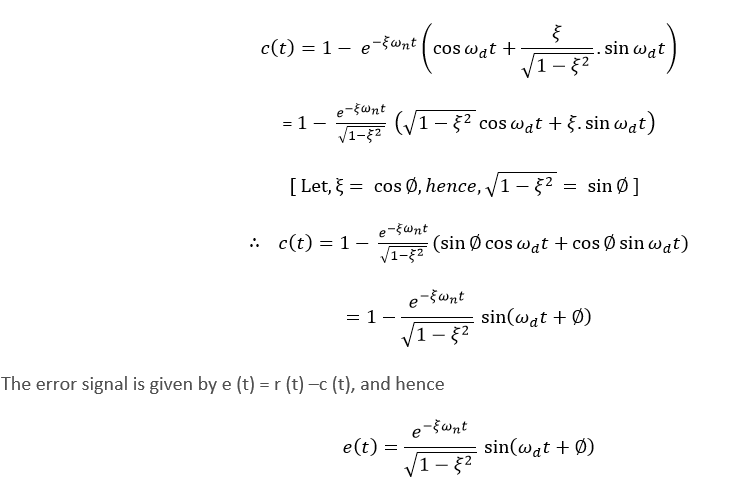

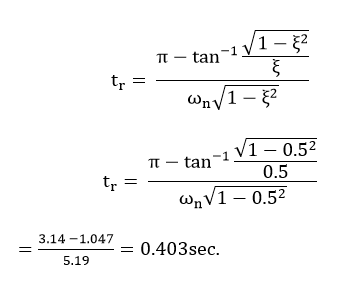


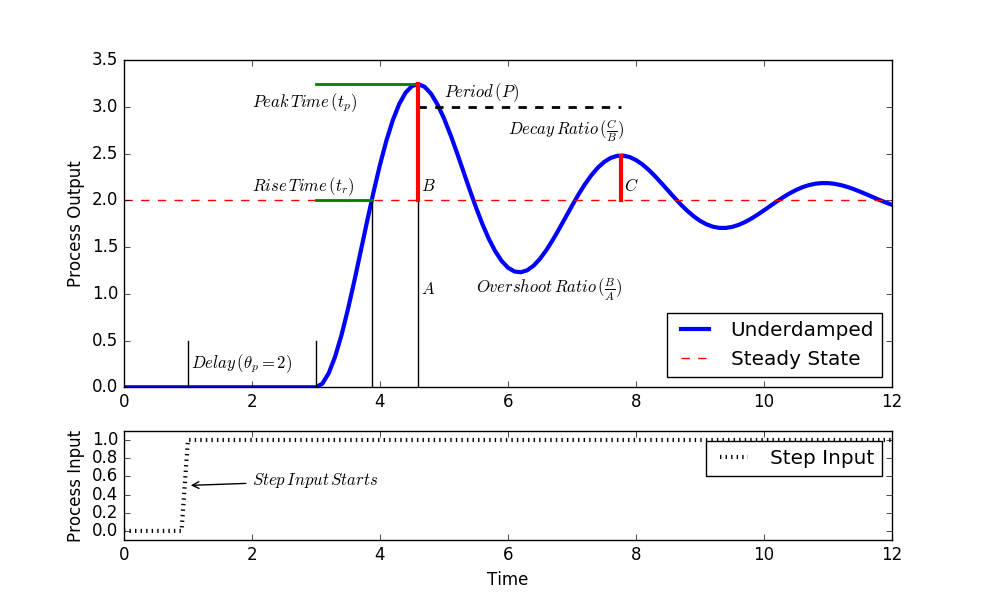



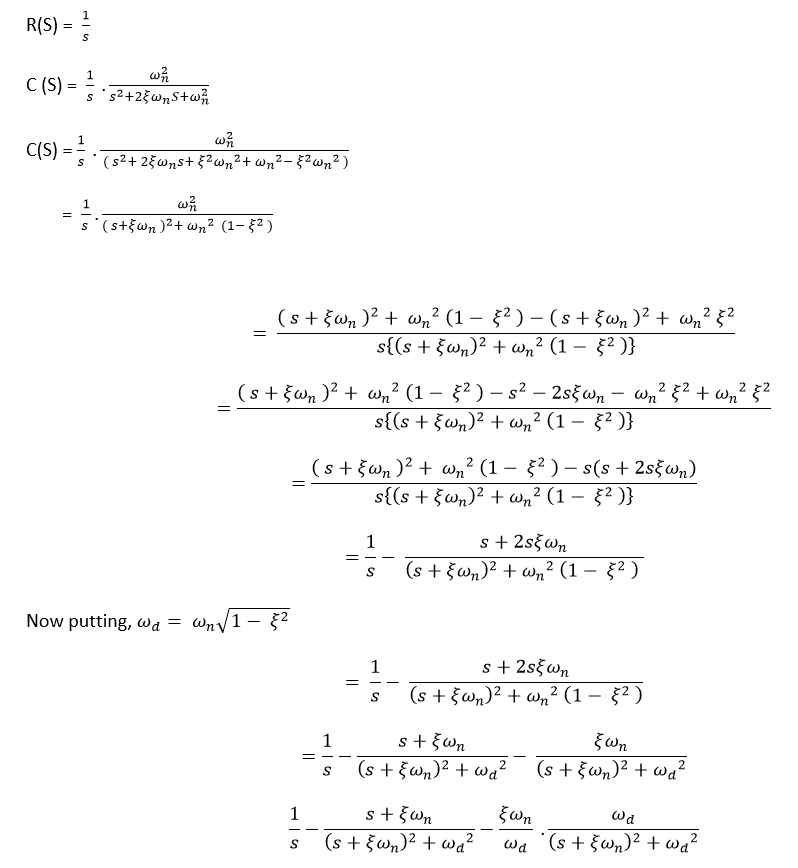
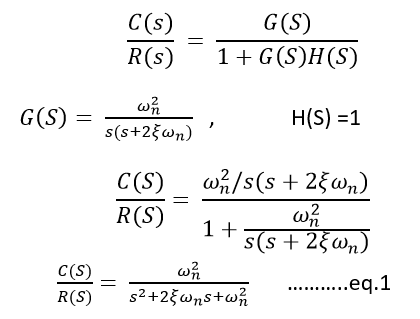
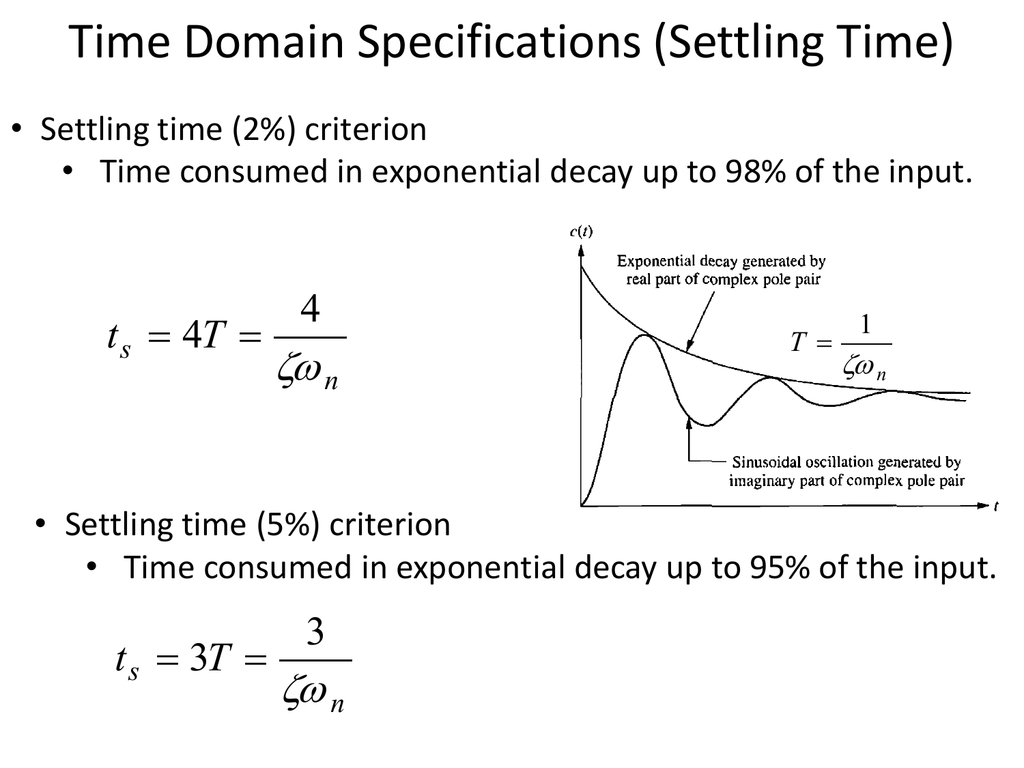

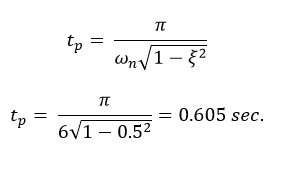

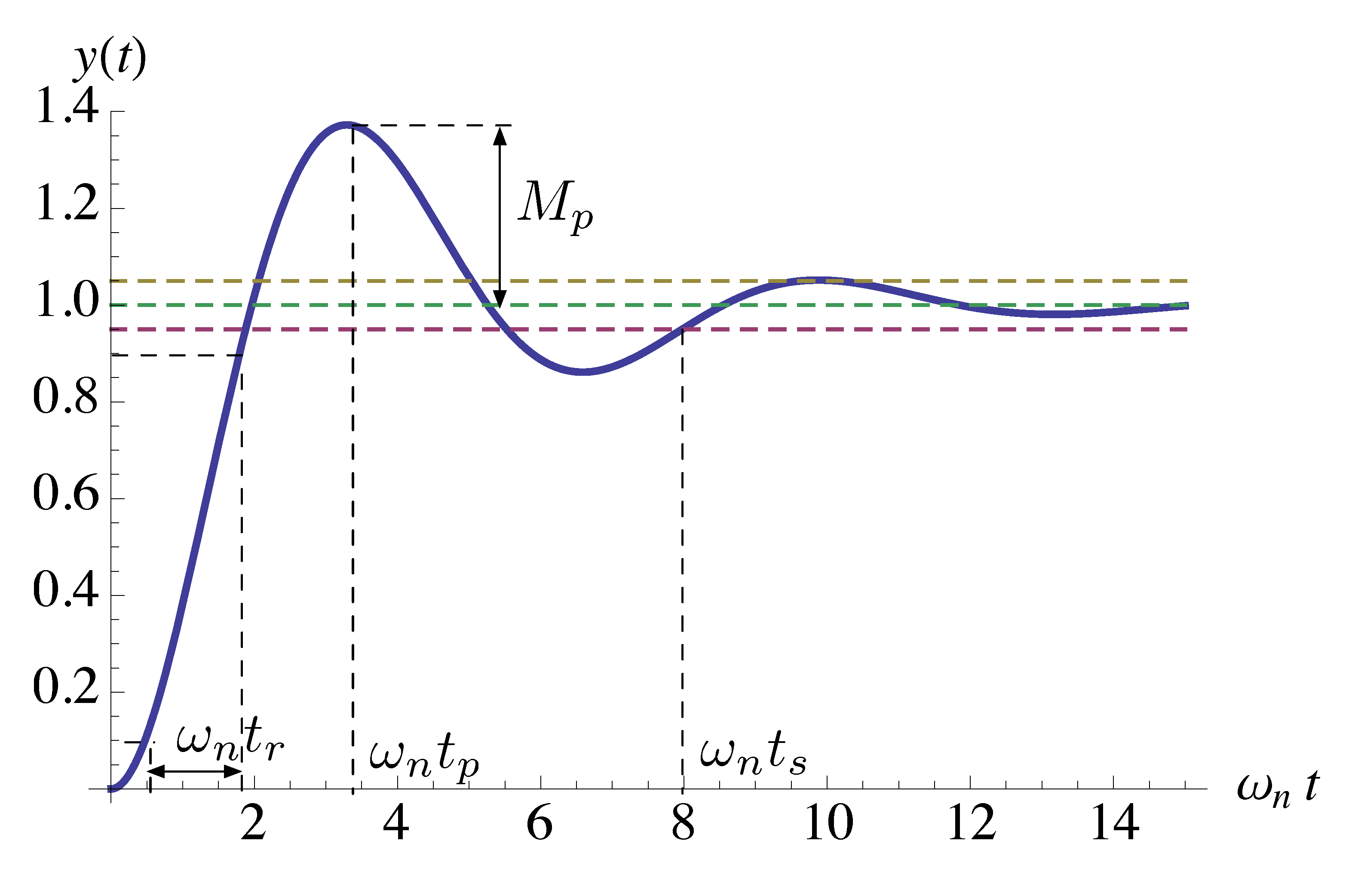
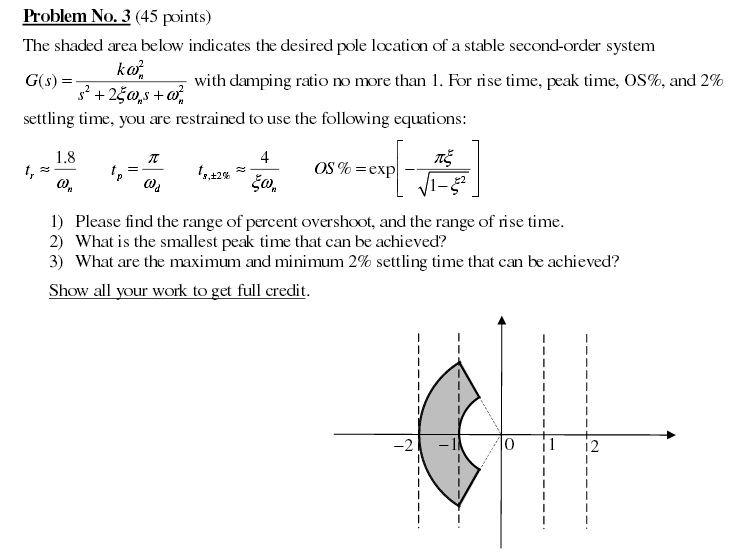




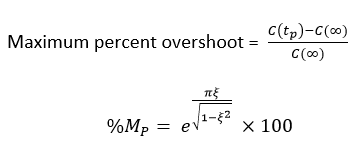
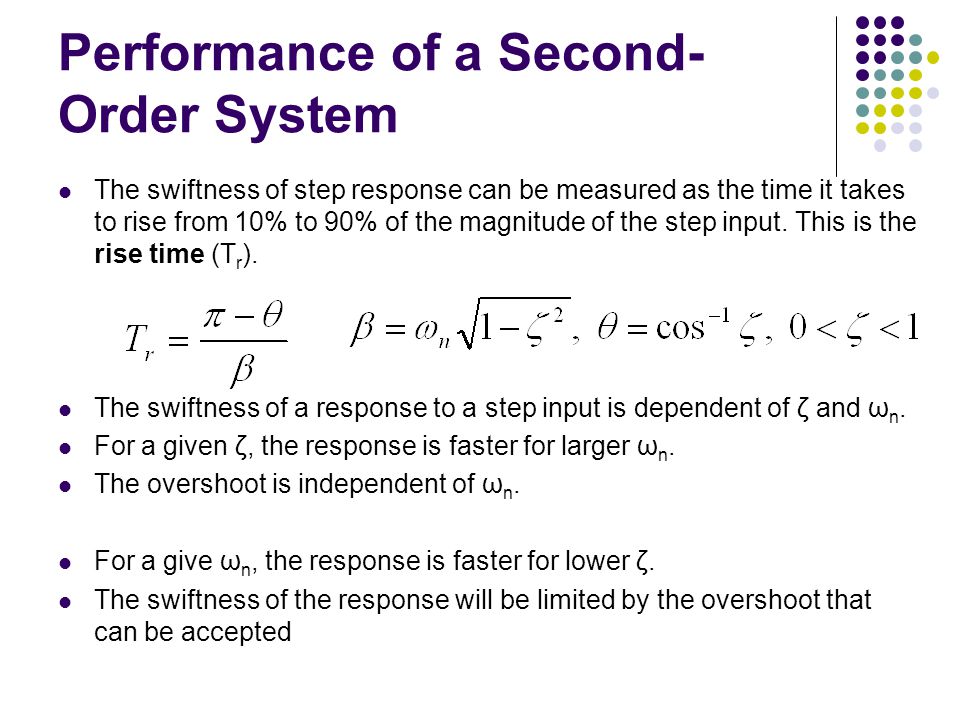




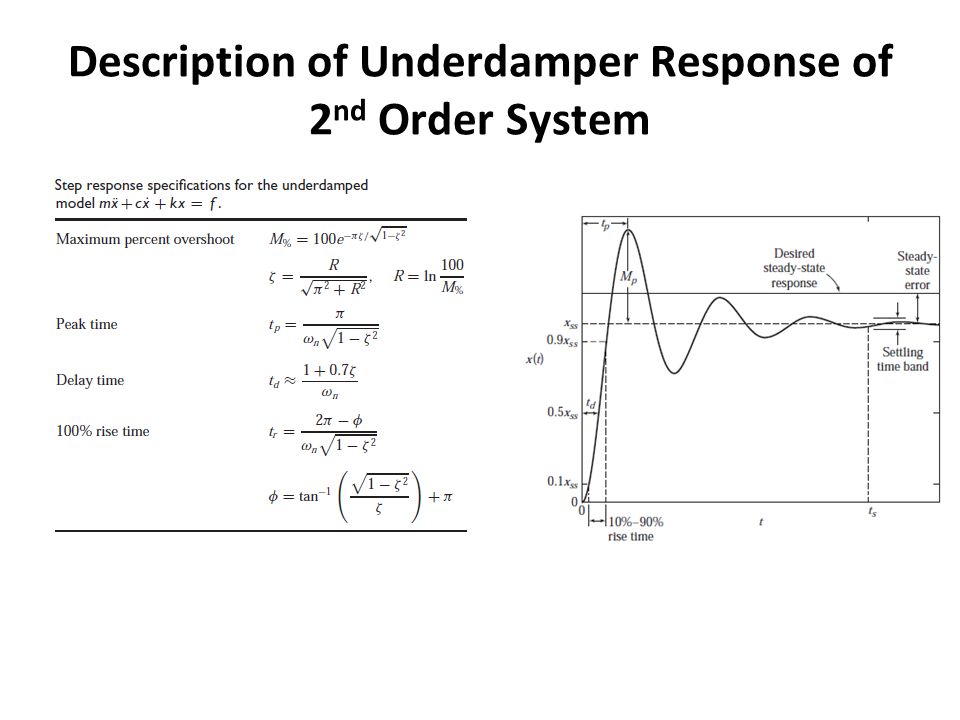

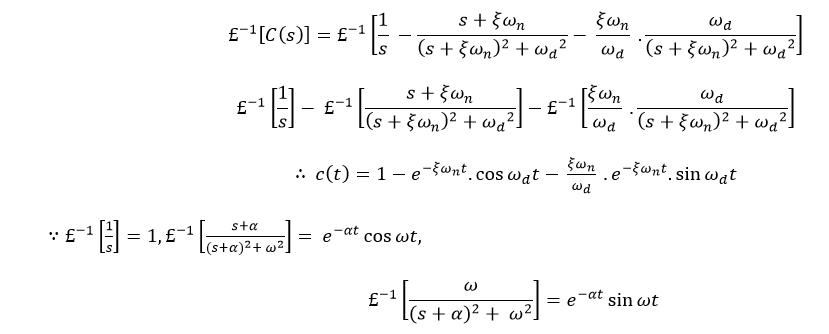
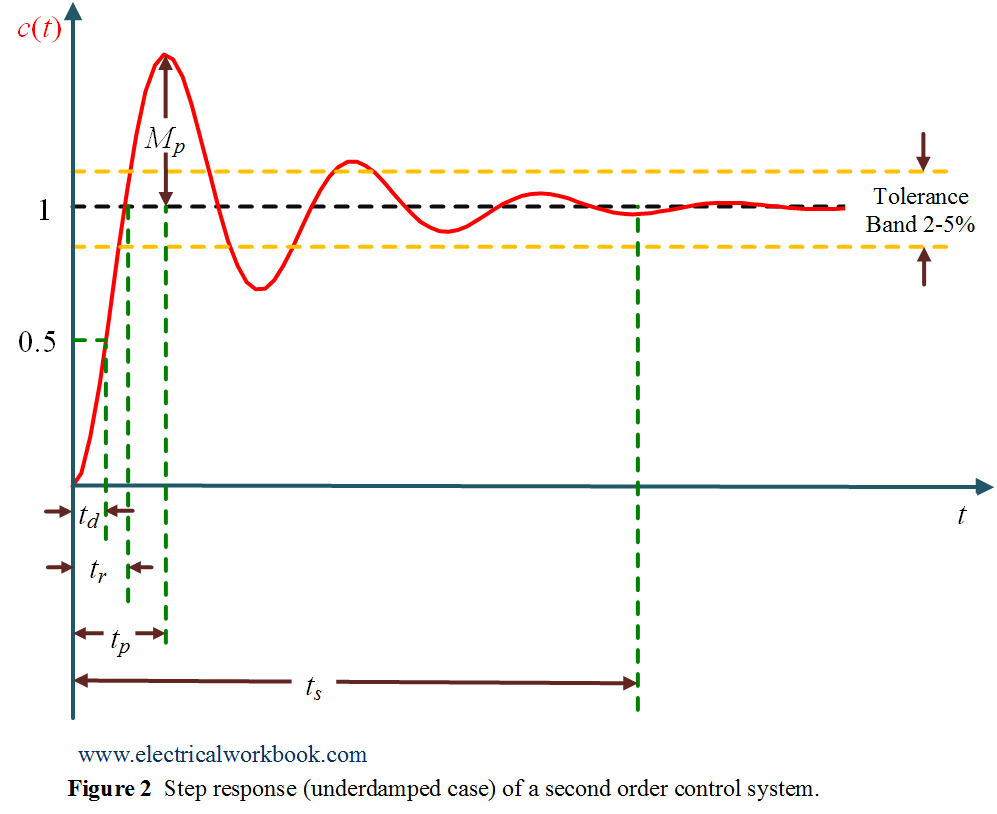



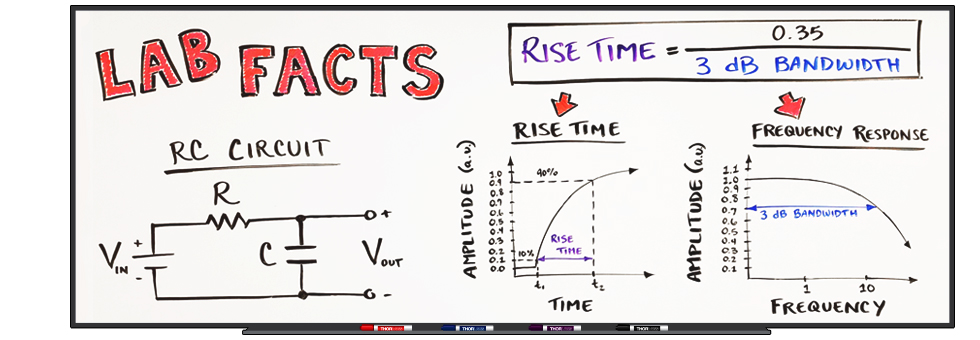


Post a Comment for "Rise Time Equation For Second Order System"